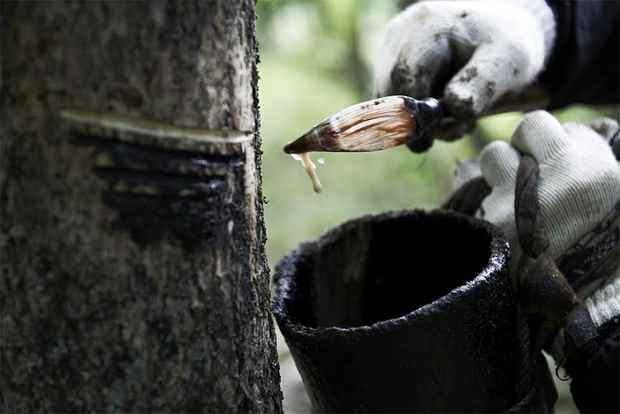“The Art of Japanese Urushi”
Causey Contemporary

This event has ended.
Organized by Ninohe City, the Ninohe City Fair seeks to introduce the long-standing art of lacquer painting that has its origins in this small northern Japanese town of 30,000. Ninohe City is said to be the birthplace of Joboji Nuri, a particular lacquer painting technique, and continues to produce 70 percent of Japan’s lacquer. It is said that a Buddhist monk began using Joboji lacquer to make housewares over 1200 years ago, when Tendaiji temple was built in the Joboji district of Ninohe City. The area had always had an abundance of lacquer trees, and Joboji became a flourishing production center for lacquerware.
There are various kinds of Joboji lacquerware—from classic monochrome to decoratively painted—but what all of the styles have in common is the elegant luster that a high quality lacquer can impart.
Joboji Urushi, whose sap is harvested drop by drop with care, is a favorite of artisans throughout Japan for use in lacquerware. Renowned for its high quality, Joboji Urushi has been designated as the lacquer of choice in the preservation of World Heritage Sites such as Kinkakuji (the Golden Temple in Kyoto), Chusonji Konjikido (the temple of Iwate), and Toshogu (the shrine of Nikko).
The exhibition at The Nippon Gallery will feature Joboji lacquerware, as well as live demonstrations of lacquer harvesting and lacquer painting.

Media
Schedule
from October 06, 2015 to October 09, 2015